Last updated on May 25, 2022 by Roger Kaufman
Water waves and sea represents the unconscious
The God Neptun, the bearded man with a trident in his hand, depicted in a shell, accompanied by dolphins, his attributes include earthquakes and storms, as well as a calm sea.
Water is the origin of all life.
Water is actually passive, but as we know it can Water have a destructive effect due to the effects of weather and other conditions, dissolving things and washing them away.
Water waves, the constant ups and downs symbolize inadequacy - continuity, indignation - Enthusiasm both destruction and renewal.
God of the sea Neptune
Why does the sea have water waves?
The Ocean is never still.
Whether from the shore or from a boat, we expect waves of water on the horizon.
Waves are created by energy flowing through water, moving it in a circular motion.
Nevertheless, water doesn't actually travel in waves. Send waves Energy, not water, across the sea and even if they are not hindered by anything, they have the opportunity to make a journey through an entire ocean basin.
Waves are most often caused by wind.
Wind driven waves or surface waves are caused by the friction between wind and surface water.
When wind blows across the surface of the ocean or a lake, the regular disturbance creates a crest of waves.
These kinds of Waves are in the open sea all over the world as well as along the coast.
Perfect paradise beach scene, white sand water waves
Potentially damaging waves can be triggered by severe weather such as a cyclone.
The strong winds as well as the Stress This type of severe tornado triggers a tornado wave, a series of long waves that develop much from shore in much deeper water and also escalate as they approach land.
Various others Unsafe waves can be caused by underwater disturbances that quickly displace large amounts of water, such as earthquakes, landslides or volcanic eruptions.
These long waves are called tsunamis. Storm surges and tsunamis are not the types of waves you imagine on the coast.
These waves roll along the coast like an enormous body of water and can reach great distances inland.
The attraction of sunlight and Moon on Earth also causes waves. These waves are trends or, simply put, tidal waves.
It is a common misconception that a tidal bore is also a tsunami.
The source of tidal waves is in no way related to trend details but can occur in any type of tidal state.
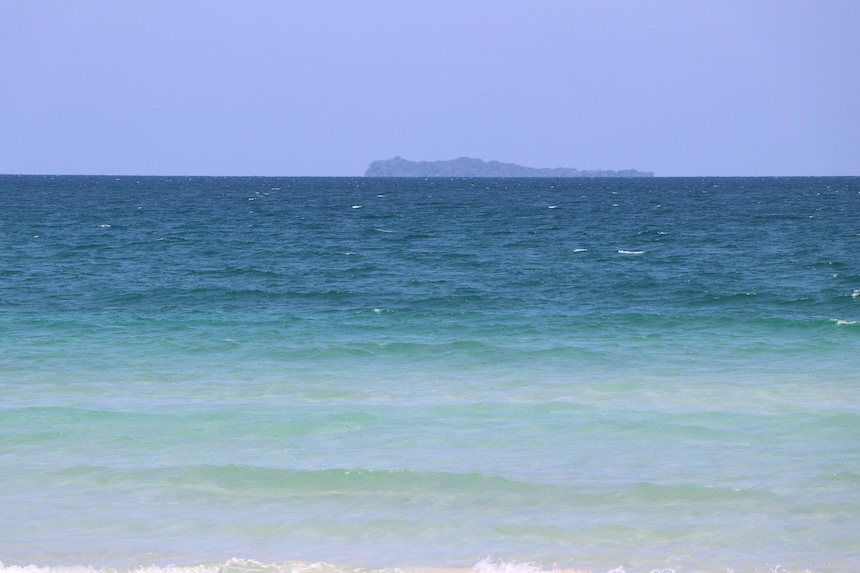
Waves send energy, not water, and are also often caused by the wind triggered, which hits over the sea, lakes and also rivers.
Waves caused by the gravitational pull of the moon and sun are called trends.
The ups and downs of waves and trends are the life force of our global ocean.
How do water waves form?
Big water waves – season
This drone video was taken just minutes before British big wave internet user Andrew Cotton recorded the famous wave that damaged his back, ultimately sending him to the health facility.
The wave in this one Videoclip was captured on video as one of the biggest of the session, and the surfer most likely hit the right spot, as it would be difficult to escape that particular wave and also ride it effectively, a rescue would certainly have been extremely hard on this details location of Praia do Norte.
“The Large Wednesday,” November 8, 2017, remains the largest day recorded during the existing big wave season in Portugal. More significant waves are expected to hit the coast of Portugal before the season ends in mid-March 2018.
The beach at Praia do Norte, near the fishing village of Nazaré, has actually caught some significant waves, considering that in 2011, according to this document, Hawaiian web surfer Garrett McNamara set the largest wave ever surfed before when he one Rode 78 foot wave.
Since then, the area has attracted several adventurers from a variety of serious sporting activities.
Water waves are breathtaking
Waves are one of the most beautiful and breathtaking natural sensations. Looking through the ocean, one can see many waves as far as the vision can see.
They are in constant activity - they rise, move on, spray among themselves, lose their activity and then rise again.
They are a reward to enjoy and also better for Fun.
They are the reason why beachgoers and web surfers visit uninteresting ocean beaches or are uninteresting. Yes, you heard me best!
Think of a beach without waves.
Sand and water will be all you would certainly have left, which would be...pretty...boring!
Sea waves are one of the breathtaking natural wonders that inspire us. However, there is different types of waves that are generated depending on climatic conditions.

While these calm and huge waves are found at normal intervals, both beachgoers and web surfers are satisfied.
However, this is a problem for sailors, even if these monster villain waves often lead to origins.
Similarly, there are small waves even in calm waters.
Water moves in a circular motion as the energy created by some pressure flows through the water.
How exactly do ocean waves develop?
As mentioned earlier, there are a number of waves and the forces behind them are also different. One of the most common causes of ocean waves is wind.
Wind-driven waves, also called surface waves, are created by the friction between surface water and wind.
When the wind blows on the sea, the surface exerts the gravitational force on the lower layer of wind. This consequently results in the layer above being pulled until it reaches the top layer.
Because the gravitational pull is different in each layer, the wind shifts at a different speed.
The top layer rolls and creates a circular activity. This creates downward pressure in front and upward pressure behind the surface, creating a wave.
Nevertheless, there are tidal waves caused by the attraction of the sun and Moon are generated on earth.
It is important to note that a tidal wave is a shallow water wave, not a tidal wave.
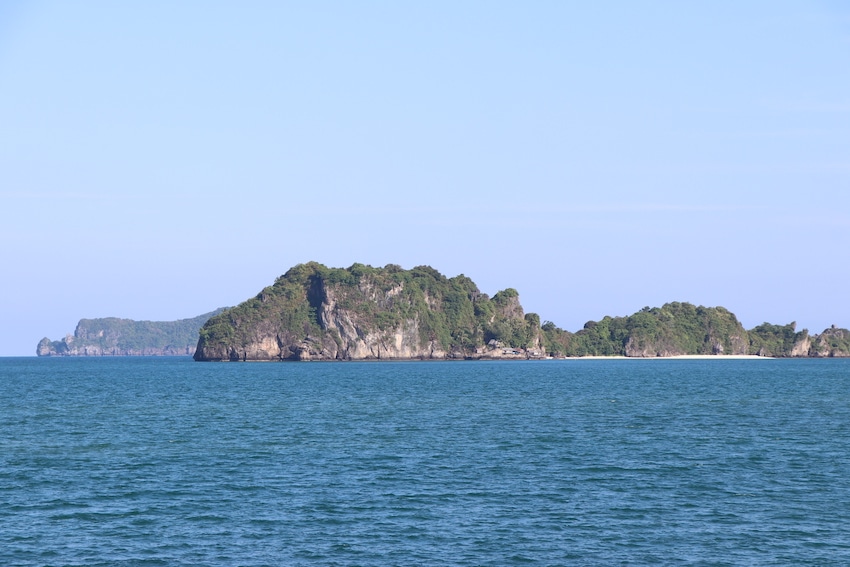
While the above waves are not unsafe in their effects, there are dangerous waves including tsunami caused by extreme weather such as a hurricane, a tropical storm along with a twister and other natural disasters that result from earthquakes, landslides as well as volcanic eruptions.
Waves are primarily disturbances (called vibrations) outside of water that can form on all types of bodies of water such as seas, oceans, rivers and even lakes.
Although waves come from some kind of external pressure, it is actually a restoring pressure that is the inside Water counteracts the disruption that occurs.
They appear to transport both water and particles as they shift. However, there is more to it than meets the eye.
In fact, waves are force that flows through water, causing the water to move in a circular motion.
If you have closely observed a watercraft running into a wave, the wave trips the boat both up and forward, spinning it around, and then the watercraft comes back to its original position.
This is sufficient evidence that waves do not make the water travel much, but are just the manifestation of the transfer of kinetic energy across the water.
Some might argue that they clearly saw waves traveling and also scattering on the shore.
This occurs because the sloped side of the shoreline provides resistance and reduces the bottom of the wave. This creates an inequality and the upper part of the wave or crest falls forward and also scatters on the beach.
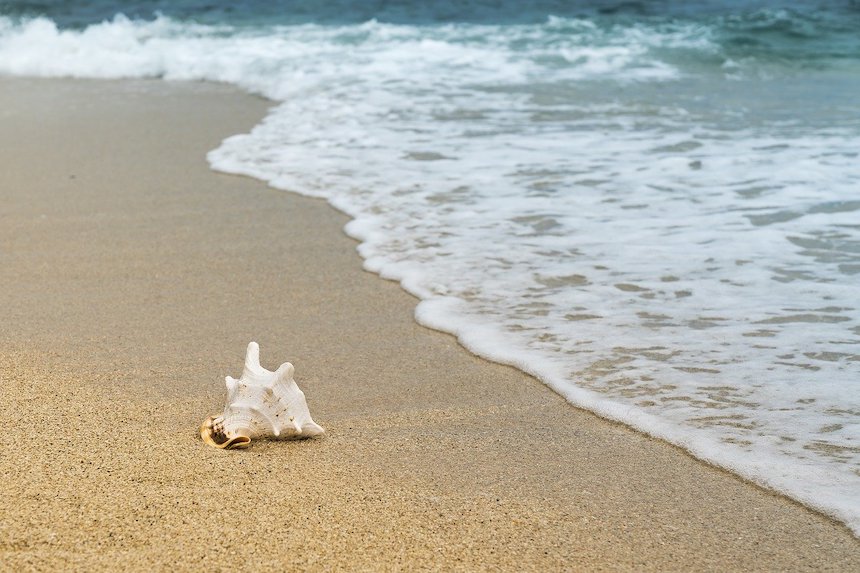
Having established that waves represent the movement of energy, the question arises as to where waves get their power from relate.
While moderate winds blowing across the surface of the water can produce tiny surface waves, severe weather conditions such as typhoons and cyclones produce steady winds and often massive waves that may be unsafe.
Some negative natural phenomena such as underwater earthquakes, landslides or volcanic eruptions can lead to a massive accumulation of waves known as tsunamis, which can cause unimaginable damage to the marine ecology and also to human inhabitants at the site of impact.
Waves can also be caused by ongoing natural phenomena such as tides.
Waves are primarily categorized by their formation, their energy resource, and their actions. Below we will certainly different ways look at ocean waves and how they are formed.
Different types of water waves
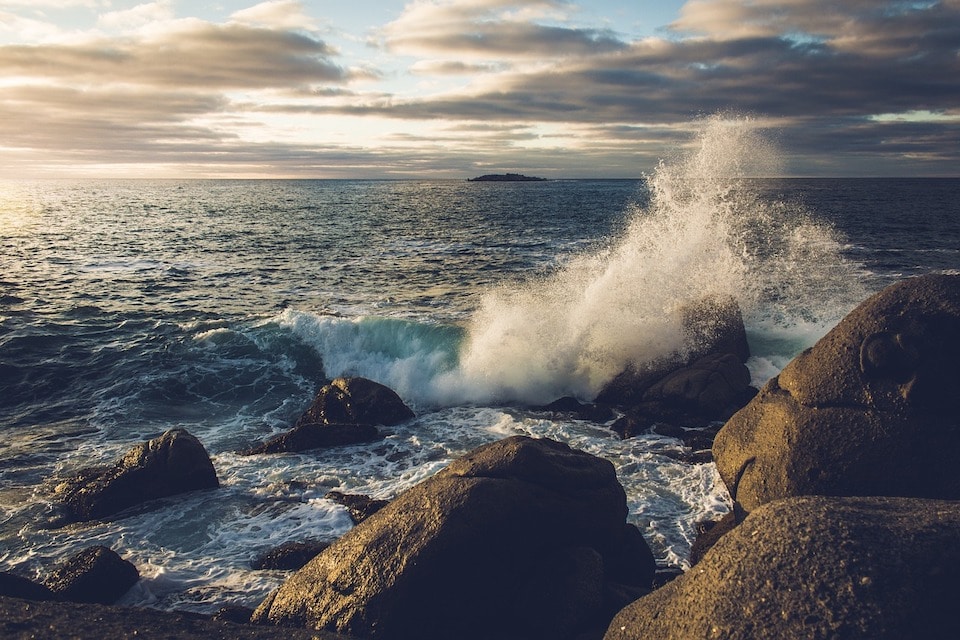
As already mentioned, the ocean waves are categorized based on their development and behavior. The commonly used category of ocean waves is based on wave period.
Here are all the different types of ocean waves.
Waves break
The harmful waves occur when the wave falls on itself. The splitting of water surface waves occurs anywhere on the surface of the salt water.
Nevertheless, breaking water surface waves are most commonly observed along a coastline, as wave heights are usually amplified in the shallower water locations.
As waves approach the shore, their profile changes due to the resistance of the sloping seafloor.
The seabed impedes the movement of the base (or trough) of the wave, while the leading component (or crest) must move at its usual speed.
Therefore, the wave begins to lean forward as it slowly approaches the shore.
At a factor where the steepness ratio of the wave reaches 1:7, the crest moves away from the slow-moving trough, and the entire wave also falls on itself, thus forming a damaging wave.
The harmful waves can also be directly divided into 4 types.
Spilling of water
These waves are also known as muddy waves in beachgoer terminology and develop when the seabed is in mild conditions.
When the coastline slopes slightly, the force of the waves is gradually eliminated, the crest becomes increasingly buried and mild waves are formed.
These shafts need more compared to other types Time to break.
Submersible waves
When waves travel over a steeply sloping or hard seabed, the crest of the wave ripples and also traps a pocket of air underneath.
Consequently, the waves are more likely to release as they reach the steeper slope of the shore, and all of the waves' energy is dissipated over a much shorter distance. Therefore, diving waves are developed.
These waves are typical of offshore winds, have high energies and move rapidly, which can prove harmful to innocent beachgoers and surfers too.
They also cause incredible dissolution and deposition.
Rising water waves
They arise when large waves reach the coast and have a high proportion. They move at high speeds and also have no crest.
Although they appear to be safe because they do not break like other waves, they can be dangerous due to the strong backwash (pulling or suction) associated with them.
Falling water waves
They are a mixture of falling and rising waves. Its crest breaks completely and the lower profile also becomes up and down and collapses and becomes white water.
Deep water waves
Deep water waves, as the name suggests, originate where the depth of water in the ocean is significant and there is also no coastline to resist their activity.
Technically speaking, they occur in areas where the water depth is more than half the wavelength of the wave.
The speed of the wave is a function of the wavelength of the wave. This means that waves with a longer wavelength travel at better rates as opposed to waves with a shorter wavelength.
It is really numerous waves of different wavelengths layered on top of each other to form a consolidated larger wave.
They travel both long and direct and have enough energy to travel much greater distances than various other waves such as harmful waves.
The significant causative pressure is wind energy, which can come from local or distant winds. They are also called Stockesche waves or short waves.
Shallow water waves

These waves begin where the depth of the water is much shallower.
They usually undertake a journey in waters with depths less than 1/20 of the wave's wavelength.
However, unlike deep water waves, the speed of the wave has nothing to do with the wavelength of the wave, and the speed is a function of the water depth.
This suggests that waves in shallow waters travel faster than waves in deeper waters.
Rather, the speed is equal to the squared origin of the product of the water depth and the speed due to gravity.
Velocity = √ (g. Depth) (g = gravitational constant, 9,8 m / s2; D = depth in meters).
They are also called Lagrange waves or long waves.
These waves can have a selection of causative factors. There are two types of surface water waves that we usually encounter.
Tidal waves
They are caused by astronomical stresses such as the attraction of sunlight and also the Worlds on the sea water.
You can think of the low and high trends as crossing a wave with a time duration of 12 hours.
tsunamis
Tidal wave is a japanese Word, as Japan is perhaps the nation most often affected by tidal waves. Words 'Tsunami' locates that it is the origin in two different words; 'tsu', which suggests port, and 'nami', which suggests wave.
So it roughly corresponds to “harbour waves”. The majority of tsunamis (around 80%) are due to large underwater earthquakes.
The remaining 20% is caused by underwater landslides, volcanic eruptions and even meteor impacts. They travel at very high speeds, so they are very harmful and harmful.
They are considered for shallow water waves because a regular tsunami wavelength is several hundred miles long, for example 400 miles (about 644 km), while the bottom of the ocean is 7 miles (about 11 km) deep.
The depth is therefore significantly less than 1/20 of the wavelength, as described previously.
Inshore waves
The size of these waves is less than the depth of the water they enter, which reduces the speed of the waves.
This results in a decrease in wavelength and an increase in height, at some point breaking the wave.
These waves drain the beach as backwash.
Inner water waves
They are one of the largest Waves in the sea, but hardly visible on the outside due to their development in the inner water layers.
Seawater is made up of different layers, as the even saltier and colder water tends to sink below the much less salty, warmer water.
When the interface between these characteristic layers is disturbed due to external forces such as tidal activity, internal waves are generated.
Although they are similar in conformation and structure to surface waves, they travel across other lands and also reach impressive heights when they hit a landmass.
According to researchers, the largest known internal waves are generated in the Luzon Strait in the South China Sea (about 550 feet high).
Kelvin water waves
Kelvin waves are large-scale waves that are caused by a lack of wind circulation in the Pacific. They were uncovered by Sir William Thompson (later referred to as Lord Kelvin).
Kelvin waves are a unique type of gravitational wave that are affected by the Earth's rotation and also at the equator or along upright ones boundaries such as coasts or mountain ranges are included.
There are two types of Kelvin waves – coastal and equatorial. Both waves are gravity driven and non-dispersive.
Modern water waves
For a modern wave, the amplitude is equal to the total points and also has an orbital energy flow.
In other words, it is a type of wave in which the ratio of an immediate value at one indicates that at any other factor is constant.
There are 3 types of modern waves such as longitudinal, transverse and orbital waves.
Blood vessel waves
Capillary waves appear cautiously like waves in their frame. The associated restoring force is capillarity, i.e. H. the bonding pressure that holds the water particles together on the surface of the ocean.
Their particularly curly structure is created by light winds and calm winds that blow at low speeds of around 3 to 4 meters per second and a recommended height of 10 meters above the water surface.
Common wavelengths are less than 1,5 cm and a period of less than 0,1 seconds.
As renowned professor of physical oceanography Blair Kinsman noted in his publication Wind Waves (1965), “capillary waves are the shortest period waves as well as the very first to be observed on the ocean surface when the wind begins to blow.”
“They look like someone’s paws Cat, which tear the otherwise smooth surface of the water.”
Broken water waves
Broken waves moving in shallow water as they approach the shore and the mundane reduces the power of the wave and triggers a turn.
These are usually seen near cliffs and bays.
Shallow water waves
Seiche waves, or simply a seiche (pronounced 'sayh'), are standing waves that originate in a confined or partially confined body of water.
Standing waves can generally occur in any type of semi-enclosed or enclosed body of water.
When water sloshes back and forth in a swimming pool, a water bathtub, and even a glass of water, it is overall a seiche on a much smaller scale.
On a larger scale, they form in both bays and large lakes.
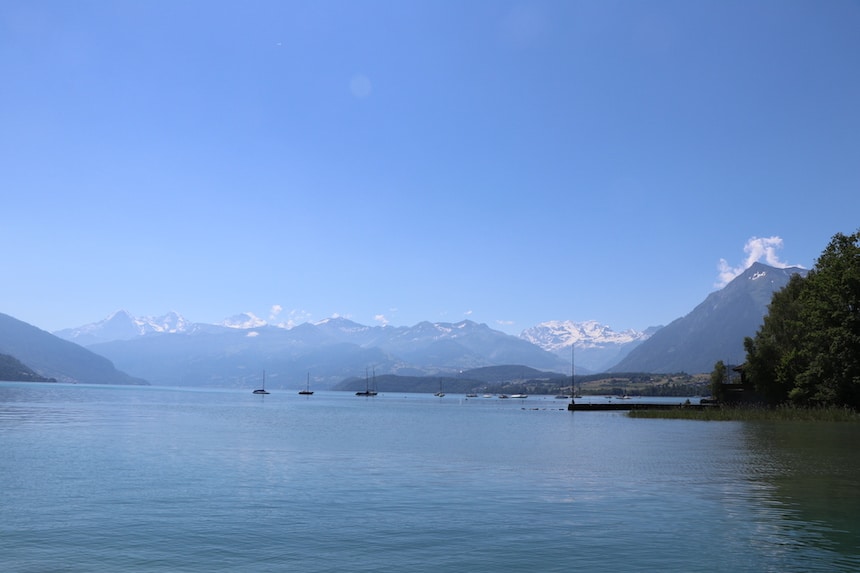
Seiches arise when either rapid adjustments in atmospheric pressure or strong winds the water force and cause it to accumulate in a part of the body of water.
When the external force finally stops, the accumulated water bounces back Energy back to the opposite side of the enclosed body of water.
This regular oscillation of the water, without offering any resistance, lasts for long periods of time, usually several hours or perhaps several days at the end.
They can additionally be triggered by tornado fronts, tidal waves or earthquakes in ocean harbors or ocean shelves.
Seiches are often misinterpreted for trends.
This is due to the fact that the time span of the wave difference between The high (peak) and low (low) can be up to 7-8 hours, which is comparable to the moment period of many tides.
Although the causal variables may be the same for both seiche waves and tidal waves, seiches are fundamentally different from tsunamis.
Seiches are basically standing waves with very long oscillation periods and occur even in closed bodies of water, while tsunamis are progressive waves that generally occur in free waters . held
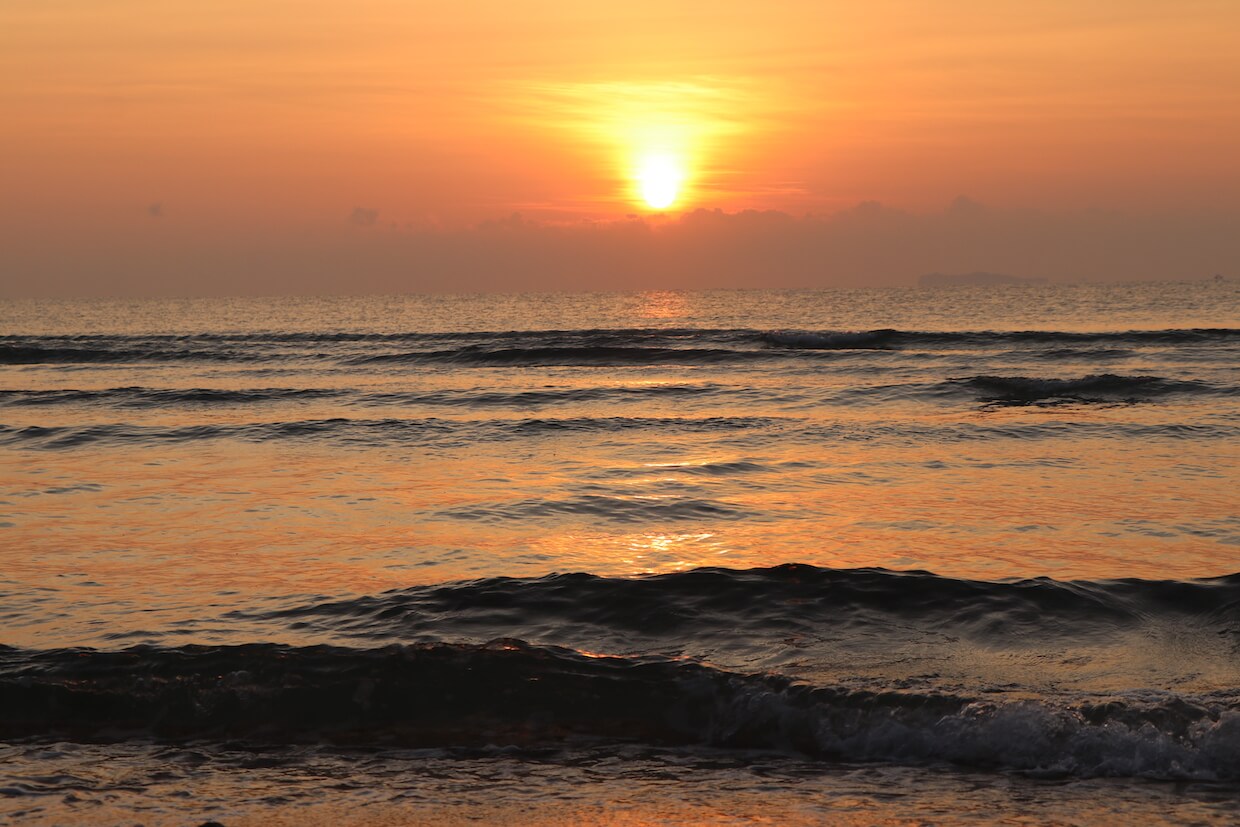
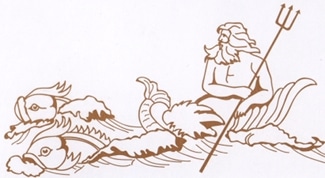













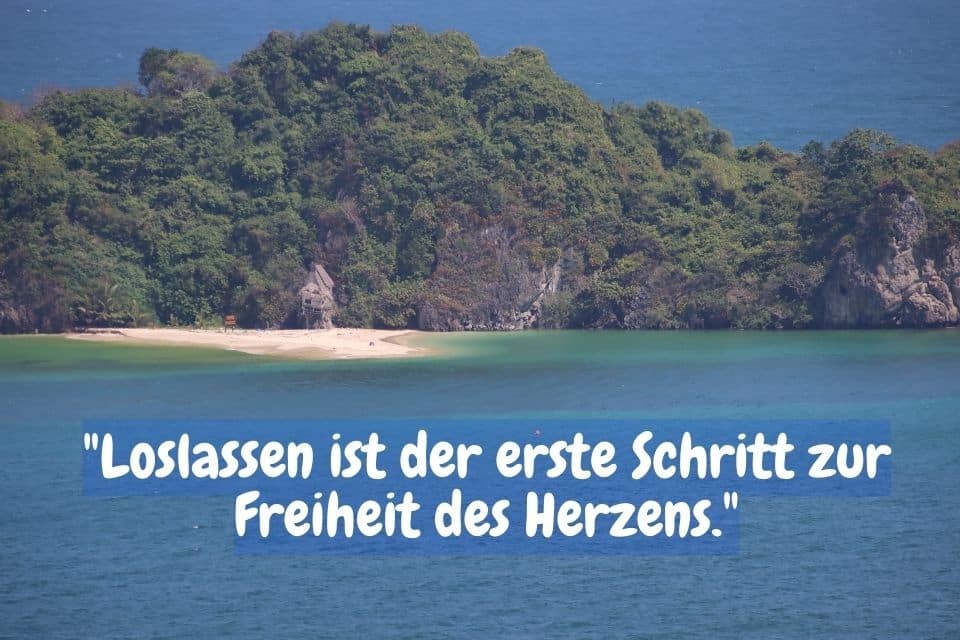



Pingback: Energy is the key to success - the genius of nature